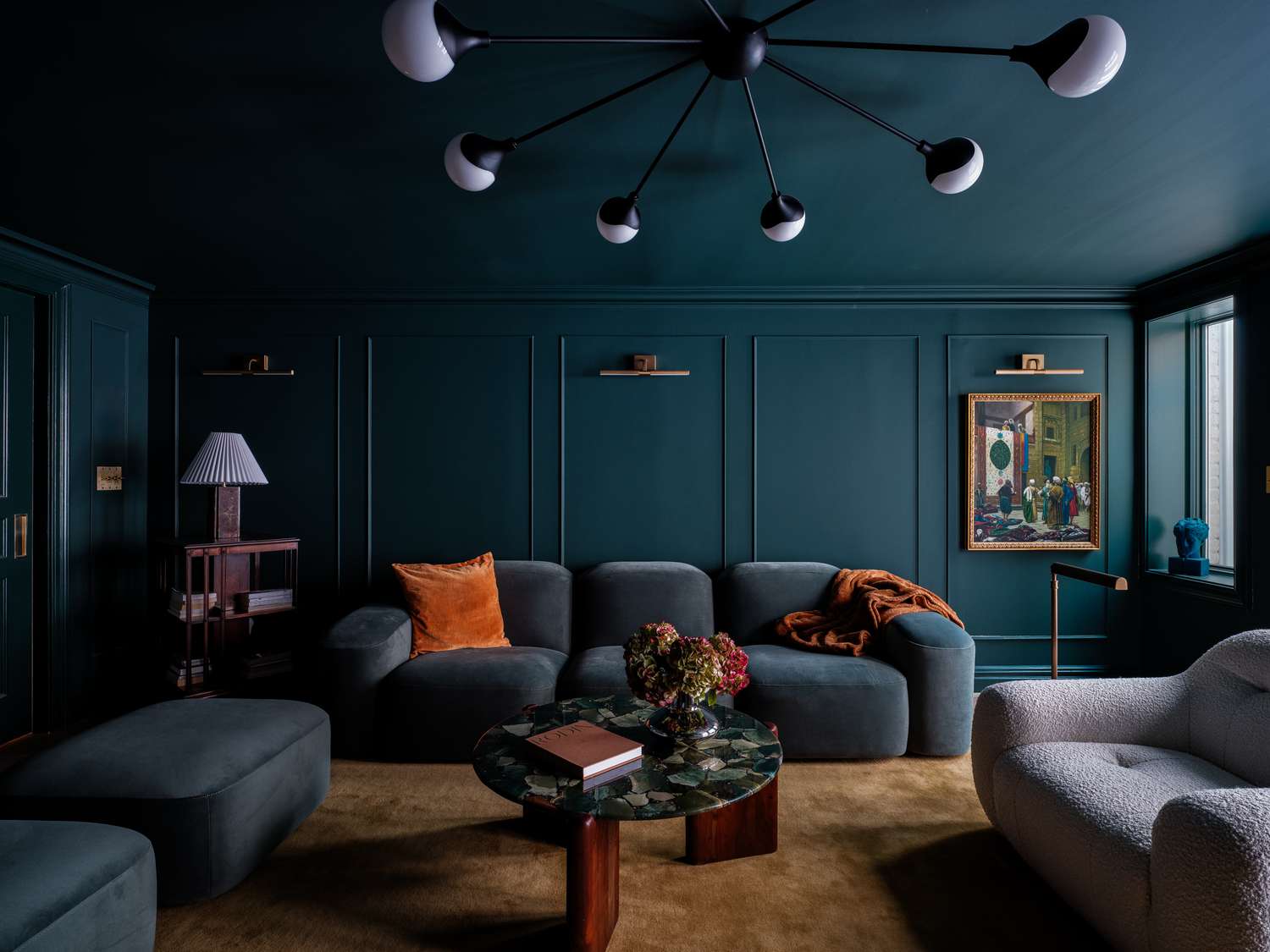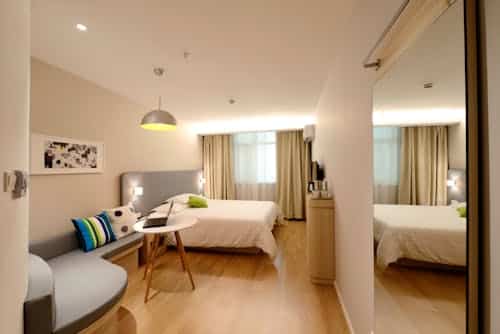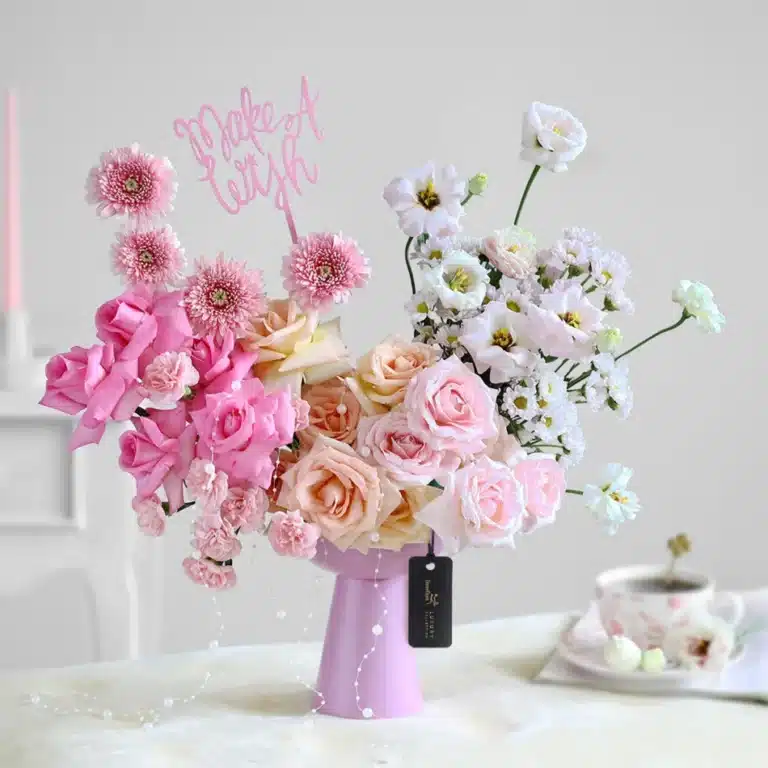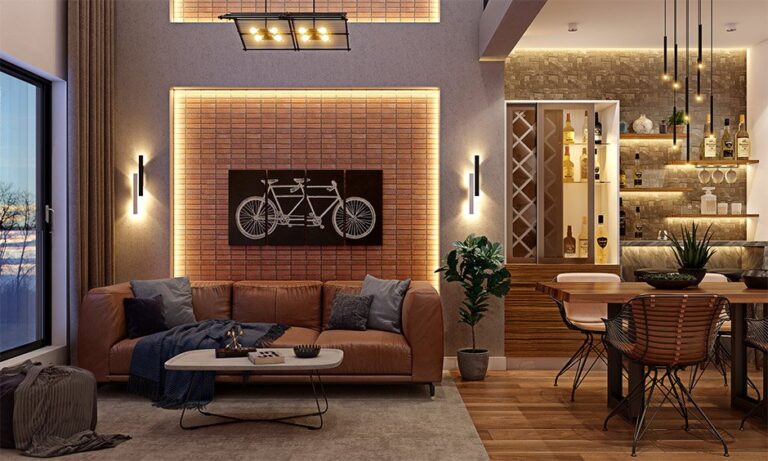Creating a peaceful atmosphere where you can unwind is vital for improving your sleep and overall well-being. A thoughtfully designed environment goes beyond aesthetics—it’s about functionality and comfort. One of the most critical components of this serene environment is your bed. Investing in top-quality products plays a significant role in ensuring restful nights and energized mornings. Your choices in decor, lighting, and bedding also influence how comfortable and inviting the room feels.
Here are some practical strategies for turning your space into the ultimate relaxation zone:
Declutter and Organize Your Space
A tidy area helps reduce stress and creates a sense of calm. Start by removing items that don’t belong, like laundry piles or miscellaneous objects that clutter your surfaces. Use storage solutions such as under-bed organizers or multi-purpose furniture to keep things neat.
An organized setup can make your surroundings feel more spacious and welcoming. Take time to evaluate what you really need in the room, eliminating anything unnecessary. Minimalism doesn’t mean removing everything. It’s about creating a balanced and calming environment that feels functional without being overwhelming.
Invest in a High-Quality Mattress
A good night’s sleep starts with the right foundation, and your mattress is key to that. The Stearns and Foster mattresses, available at The Mattress Factory, are known for their craftsmanship and premium materials and offer unparalleled comfort and support. The mattresses at the store are engineered to improve rest with advanced features like plush layers, durable coils, and temperature regulation technology.
Investing in such high-quality mattresses can dramatically improve your sleep quality and make your sleeping environment feel indulgent. Explore options at your nearest store location to meet various sleep needs, whether you need firmer support for back pain or a luxurious plush feel for ultimate comfort. Quality here isn’t just about luxury. It’s about prioritizing your health and rest.
Choose Calming Colors for Walls and Decor

Colors have a psychological impact, so selecting the right tones for your surroundings is crucial. Soft hues like muted greens, light blues, or neutral shades can create a serene environment. These shades are known to promote relaxation and reduce stress.
Incorporate these colors through wall paint, furniture, or accent pieces like cushions and curtains to achieve a harmonious balance. For those who prefer a touch of warmth, light beige or soft peach tones can provide a cozy feel without being too bold. The goal is to create an inviting and tranquil setting, encouraging restfulness and peace.
Use Soft and Layered Lighting
Lighting affects the mood of your space significantly. Harsh overhead lights can feel overwhelming, while layered lighting creates a more inviting atmosphere. Use warm, dimmable bulbs, table lamps, and even fairy lights to create a soft glow. For daytime, maximize natural light by using sheer curtains or blinds that let in sunlight without making the room too bright.
Adding a bedside lamp with adjustable brightness can be a practical yet stylish choice. Ambient lighting, when paired with task lighting, ensures the room is functional and relaxing. This balance contributes to a calm and soothing environment.
Add Comfortable Bedding and Accessories
Your bedding has a significant impact on your sleep and relaxation levels. Opt for high-thread-count sheets made of breathable fabrics like cotton or bamboo. Plush pillows and layered throws add both comfort and style to your setup. Accessories like weighted blankets can provide additional benefits, such as reducing anxiety and improving sleep quality.
Prioritize materials and designs that match your preferences to create a restful atmosphere. Choose textures and colors that complement the room’s design, improving comfort and visual appeal. Focus on items that look good and feel soft, inviting, and supportive for better rest.
Incorporate Natural Elements
Introducing natural elements into your room can enhance relaxation and bring a sense of calm. Houseplants like peace lilies or snake plants not only purify the air but also add a touch of greenery, which has been shown to reduce stress. If maintaining plants isn’t your preference, consider using natural textures such as wood, rattan, or stone in furniture or decor.
Small additions like a wooden nightstand or a woven basket can create a grounded and organic feel. Natural fragrances, like eucalyptus or cedar, can also elevate the environment, making it more serene.
Reduce Noise and Distracting Sounds
Noise disturbances can interfere with relaxation and sleep quality. To minimize unwanted sounds, consider using thick curtains or soundproofing materials like rugs and upholstered furniture. A white noise machine or calming background sounds like rain or ocean waves can help mask disruptions and create a more soothing atmosphere.
For urban settings or louder neighborhoods, noise-canceling headphones or earplugs can make a significant difference. By reducing auditory distractions, you can foster a tranquil environment conducive to rest and rejuvenation.
Use Aromatherapy for Relaxation
The right scents can profoundly affect your mood and help create a relaxing environment. Essential oils like lavender, chamomile, or sandalwood are known for their calming properties. Use a diffuser to distribute the fragrance evenly throughout the space, or opt for candles and linen sprays for a more subtle touch.
Scents can trigger positive associations, helping your mind unwind after a long day. Avoid overpowering fragrances, as subtlety often enhances relaxation. Incorporating aromatherapy is a simple yet effective way to elevate the overall ambiance.
Keep Technology Out of the Bedroom
Electronics can disrupt your ability to unwind, especially due to blue light exposure. Keeping devices like TVs, laptops, and phones out of the space helps promote better rest. If you rely on your phone as an alarm, switch to a traditional clock instead. Charging devices outside of the room can also reduce the temptation to scroll before bed. For those who use e-readers, enable night mode to minimize strain on your eyes. The absence of technology fosters a distraction-free environment, helping you focus on relaxation and sleep.
Creating a relaxing environment requires thoughtful choices, prioritizing comfort, functionality, and personal preferences. From decluttering to investing in a high-quality mattress, every detail contributes to a restful atmosphere. Incorporating natural elements, soothing colors, and personalized decor enhances the ambiance further. A calm and inviting setting fosters better sleep and rejuvenation, ultimately improving your overall well-being. By making these changes, you can turn your room into a haven that supports rest, relaxation, and peace.


















